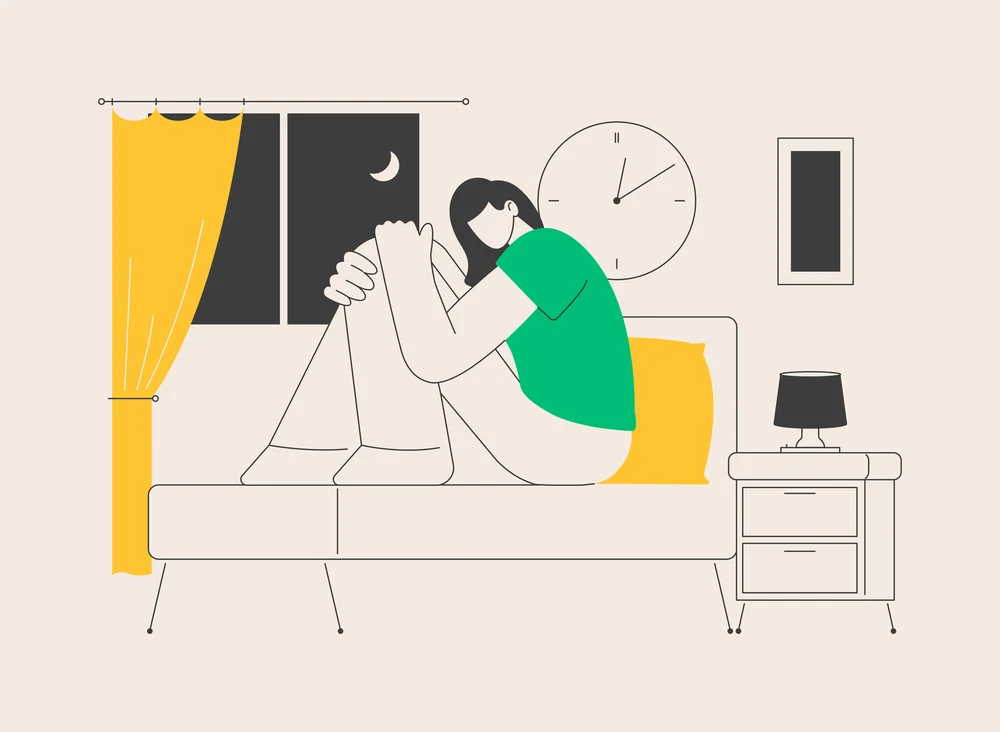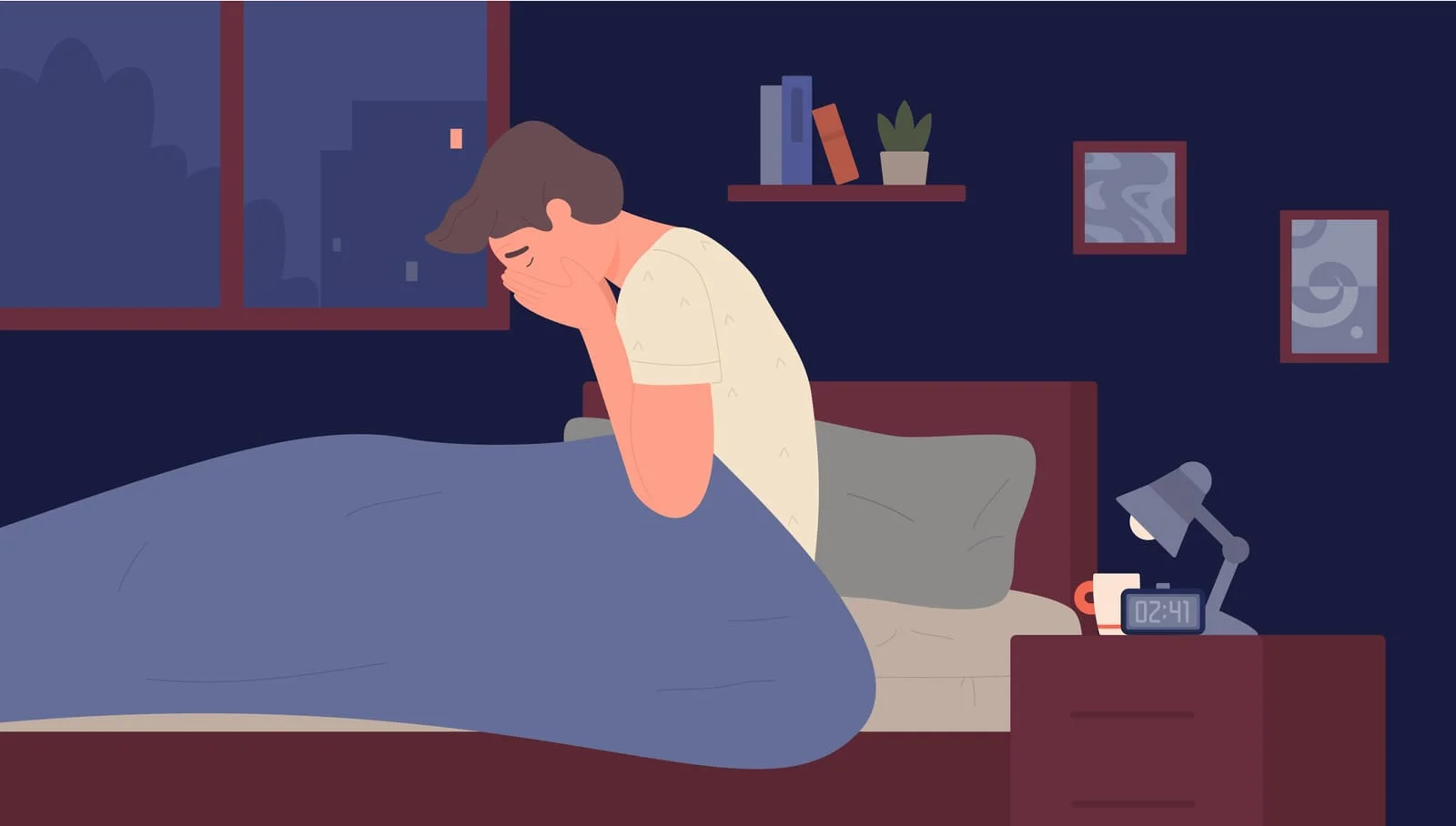This article will empower readers with a comprehensive understanding of REM Sleep Behavior Disorder and the diverse treatment options available.
Introduction
Sleep is essential to the health and wellness of your mind and body. However, over one-third of Americans struggle with a sleep disorder of some kind. REM sleep behavior disorder is just one of many potential sleep disorders that can disrupt the quality and quantity of your sleep. With the right treatment for REM sleep disorder, you can help rectify these negative ramifications and improve your overall sleep quality and daily life. Treatment can include a wide array of changes to your sleeping environment to provide better protection, medication, therapy, and experiential treatment.

REM Sleep Behavior Disorder
REM sleep behavior disorder is a sleep disorder characterized by maladaptive behaviors exerted during your REM cycles.
What is REM Sleep Behavior Disorder?
REM sleep disorder is a disorder where you physically act out any unpleasant dreams you have during REM sleep with sudden, often violent movements and vocal sounds.
Diagnosis and Assessment
It is essential to get a diagnosis as soon as you suspect symptoms because REM sleep behavior disorder is usually a gradual condition, which means it gets worse the longer you live with it. So, what might not seem like severe or serious symptoms at the start can quickly progress.
Moreover, REM sleep behavior disorder can be associated with other serious conditions for which early diagnosis, intervention, and treatment are necessary including:
- Multiple system atrophy
- Parkinson’s disease
- Lewy body dementia
Symptoms
Under normal conditions, when you fall asleep and reach your REM cycles, something that happens an average of five times per night, you start dreaming. This is a normal stage of sleep, but it is not typically associated with any movement.
With this disorder, once you reach REM sleep, you are no longer temporarily paralyzed as you would be regularly, and instead, you start physically acting out whatever dreams you are having. This acting can happen once over the course of a night or several times whenever you fall back to a REM cycle. Common symptoms include:
- Movement, like kicking, punching, legs or arms flailing as though running or defending yourself from attacks;
- Noises, like crying, cursing, laughing, yelling, or talking as you would be doing in the dream;
- Recall, especially if you wake up during the REM cycle.
Causes of REM Sleep Behavior Disorder
Those who have REM sleep have problems with the neural pathways that cause temporary paralysis during REM.
There are several risk factors that can increase your chances of developing this sleep disorder, which include:
- Environmental exposure to pesticides
- Head injuries
- Having narcolepsy
- Having a neurodegenerative disorder
- Specific medications like new antidepressants
- Farming
- Smoking

REM Sleep Disorder Treatment Options
When it comes to REM sleep disorder, there are several treatment options to consider:
Conventional Treatment Approaches
Conventional treatment starts with putting up safety measures to protect you and any partners or family members while you sleep. This includes things like:
- Removing any weapons or other dangerous objects from your bedroom
- Moving furniture away from your bed
- Putting up barriers around you when you sleep
- Putting padding near your side of the bed
- Sleeping in a separate room until the symptoms are treated with other treatment approaches.
Medications and Therapies
REM sleep disorder treatment can include medications and therapies. Medications can include over-the-counter and prescription medications.
Over-the-counter medications include melatonin supplements, which can help reduce symptoms. Melatonin is something naturally produced in the body to help induce sleep, and higher levels of it can keep you asleep without the movements associated with this condition. There are very few side effects.
Melatonin has mild side effects, but if it is reduced or discontinued, behaviors associated with the sleep disorder can come back. If behaviors are not completely suppressed with melatonin, additional therapy with melatonin is recommended.
Prescription medications can include Klonopin, which is an anxiety medication that works well to reduce symptoms but has some potential side effects.
Klonopin has been shown to reduce the frequency of unpleasant or violent dreams, which, by extension, decreases violent and harmful reenactment behavior. However, it does come with the risk of developing a tolerance to the effectiveness in the long term.
Several studies have confirmed that both melatonin and Klonopin are equally effective, but melatonin is often better tolerated among older patients or those with preexisting neurodegenerative disorders. The reduced side effects and lack of prescription make it even more appealing as well.
In some cases, therapy might be useful if the disorder relates to specific causes or risk factors like antidepressant medications. In these situations, things like cognitive behavioral therapy can be used to get at the core causes of depression to help reduce the reliance on the antidepressant medications that are leading to rapid eye movement sleep behavior disorder.
Emerging and Experimental Treatments
Potential treatments for REM sleep behavior disorder include dopamine agonists.
New research has found that in some cases, the use of dual orexin receptor antagonists, prescription medication for insomnia, and rapid eye movement sleep behavior disorder is a side effect, in which case treatment can include changes to existing medication.
Outcomes of Treatment
With REM sleep disorder treatment, symptoms can be reduced or alleviated. Some people experience a severe drop just by using things like melatonin, and other patients experience no more symptoms once they are on things like Klonopin or dopamine agonists. Each person responds differently depending on the cause and the contributing risk factors, which is why it’s important to work with a medical professional to figure out which medication works for you.
Summing Up
If you struggle with sleep, it might be time to consider getting a diagnosis. The correct diagnosis for REM sleep behavior disorder or any other sleep disorder is paramount to your overall well-being, sleep quality, and daily life. With the right diagnosis, you can start on appropriate treatment straight away.
Consult with your healthcare professional today to explore the most suitable REM sleep disorder treatment options for your situation.



